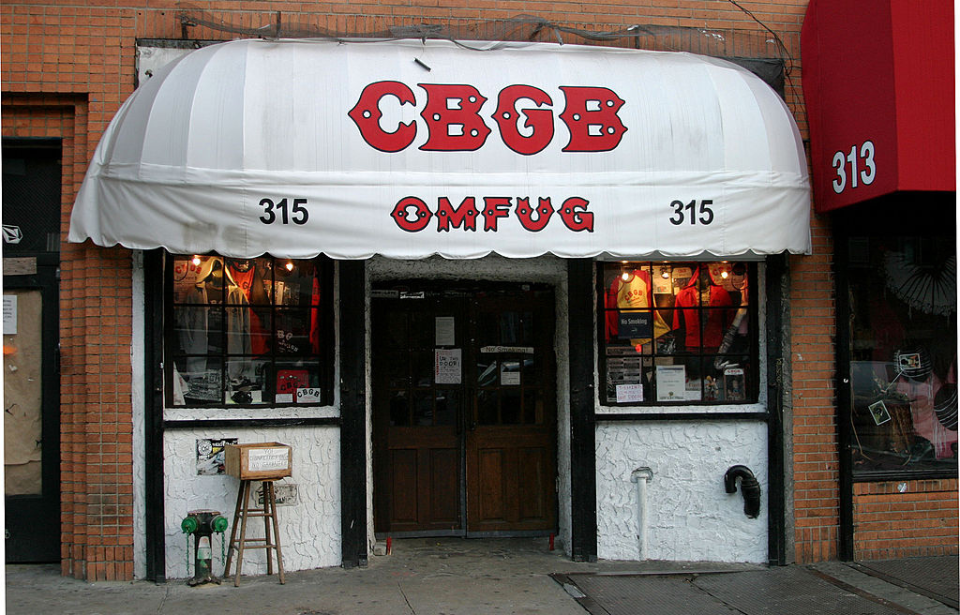In the early 1970s, Hilly Kristal opened a club in the East Village of Manhattan, and who would have assumed that this would be the place where the era’s New York punk rock and new wave scenes would be born? Memorable bands like the Ramones, Blondie, Talking Heads and Patti Smith Group – all of them had their start in CBGB. Sadly, it shuttered in 2006, closing the door on an important part of music history.
Hilly’s On The Brewery
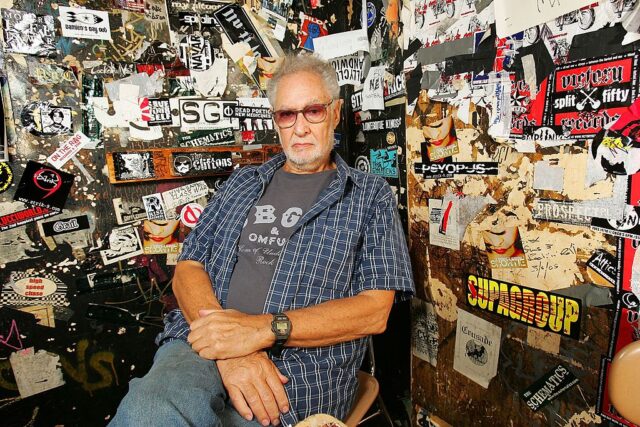
Originally, the club was called Hilly’s On The Bowery, and from 1969-72 operated as a dive and biker bar. Kristal’s first intention was to turn the place into a spot for country, bluegrass and blues music (hence the name, “CBGB”), as well as poetry readings.
However, this concept was changed after two locals, Bill Page and Rusty McKenna, persuaded Kristal to allow them to book gigs.
Booking bands at CBGB
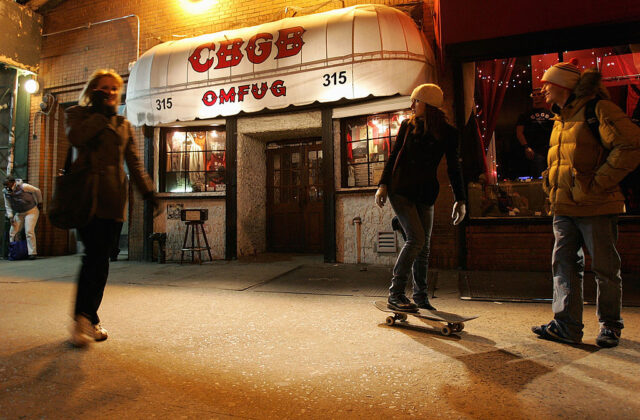
At the time, an entirely new underground music scene was beginning to emerge and many local bands were looking for a place to play. Following the collapse of the Mercer Arts Center in 1973, the door opened for CBGB. Bands started lining up to play because there weren’t any options available elsewhere.
Hilly Kristal saw their potential, but also knew it was a great opportunity for his club. After seeing the bands sounded nothing like country or blues and that the music they played was something brand new and original, Kristal added another abbreviation on the canopy, next to the existing title.
CBGB & OMFUG
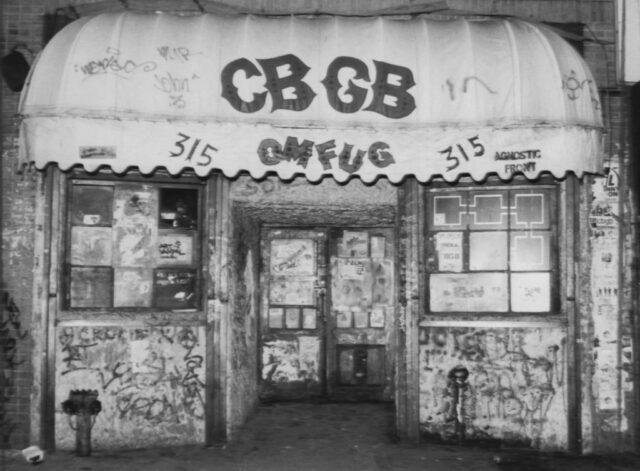
Now, the club was officially known as “CBGB & OMFUG,” reflecting the broad tastes it catered to and drawing an eclectic music-oriented crowd.
The full name stood for “Country, Bluegrass, Blues, and other Music for uplifting Gormandizers.” Gormandizer is usually a term that refers to a person who eats gluttonously, but Hilly Kristal changed the context to specifically refer to “a voracious eater of (…) music,” which, if we can admit, sounds awesome.
Bands had to follow two rules at CBGB
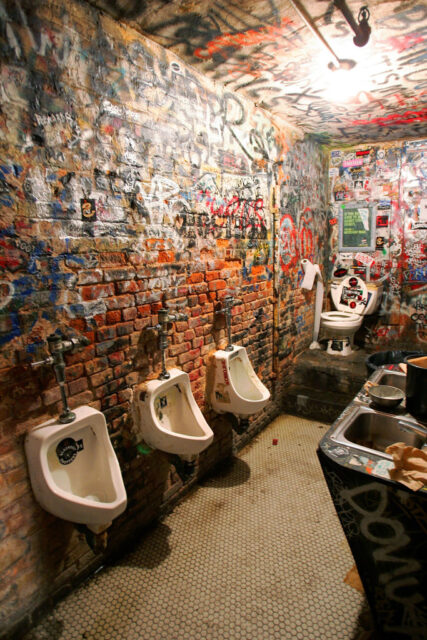
Kristal Hilly enforced two rules for the bands who played at his establishment: they carry their own equipment and play mostly original songs. The unconventional “street rock,” seen as a break from popular disco music and a precursor to punk rock, gave CBGB the reputation as a sanctuary for counterculture misfits and a palace of underground rock, something that sticks with the place even to this day.
CBGB took Manhattan and New York City by storm; nothing was the same because the club had changed the game. Everything felt vibrant and alive, as if there was something in the air, and the crowd was loving every moment of it. It can be even said that the New York music scene may be viewed as before and after CBGB.
Future big-name bands take to the stage
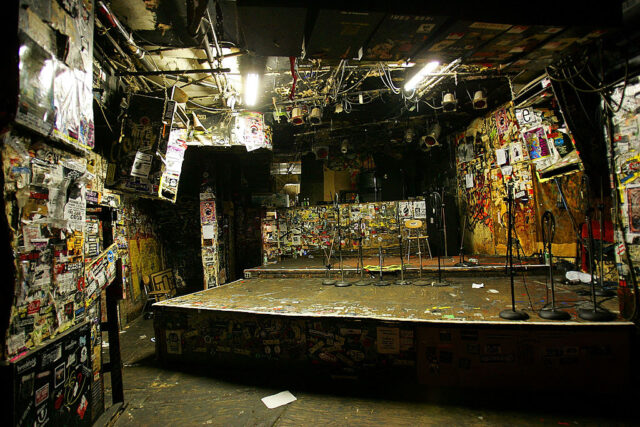
The first band to make a name for themselves in CBGB was Television, while other early performers included the likes of the Dina Regine Band and Patti Smith, who made their debut on February 14, 1975. Soon after, Talking Heads, the Fleshstones, the Shirts and the Heartbreakers began playing regularly at the club.
However, the two bands who truly made a mark – and, in a way, were born out of CBGB – were the Ramones and Blondie. These two would become not just staples of the club’s stage, but some of the most influential acts of the emerging American punk rock and new wave scenes.
CBGB’s reputation continues to grow
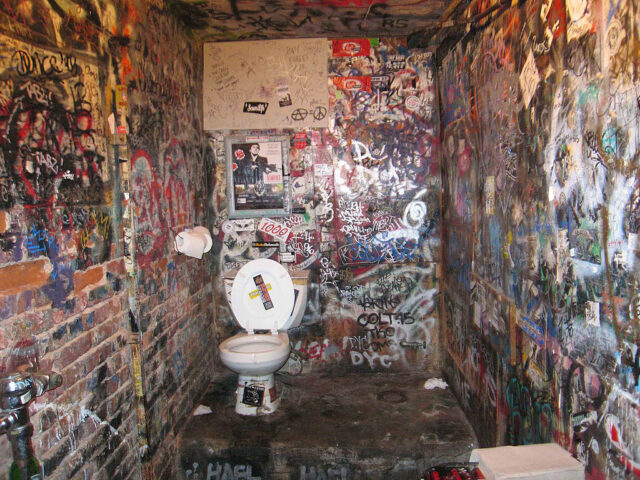
Over the years, the CBGB’s reputation continued to grow. Acts outside of New York were eager to play there – in fact, the first time a British punk band played in the United States was the Damned, who performed at the club in April 1977. Elvis Costello followed in 1978, while the Police played their first American gigs there.
From the end of the 1970s and throughout the ’80s, CBGB had almost exclusively punk and hardcore bands perform, earning Hilly Kristal the nickname, the “Godfather of Punk”. With the club’s notoriety continuing to grow, a storefront beside the venue was converted into a record shop and café. In the late 1980s, it was renamed “CB’s 313 Gallery,” and served as an art gallery and second performance space.
Decline of CBGB
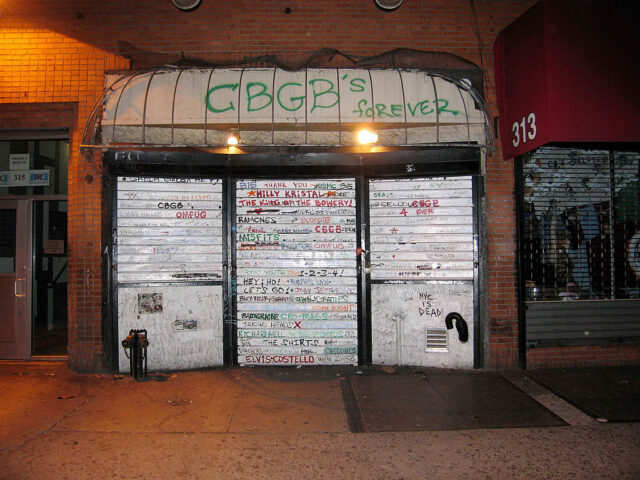
When the 1990s came, CBGB started to slowly decline. A series of violent acts both inside and outside the club forced Hilly Kristal to suspend hardcore gigs. This, followed by strings of complaints from neighbors about the loud music, led to fewer acts booking gigs until there weren’t any playing whatsoever.
In 2005, CBGB was sued for $90,000 in debt by the Bowery Residents’ Committee (BRC), atop its normal monthly rent of $19,000. Kristal refused to pay, claiming he was never notified about any increase in rent. A judge ruled in his favor, saying the BRC never properly billed the rent increase. He also indicated that CBGB be declared a landmark and noted that the lease was soon expiring.
BRC’s executive director Muzzy Rosenblatt vowed to appeal, and Kristal, expecting his resistance to a new lease negotiation, came to an agreement with the BRC that CBGB would leave by September 30, 2006 and move into Las Vegas, Nevada.
One last hurrah
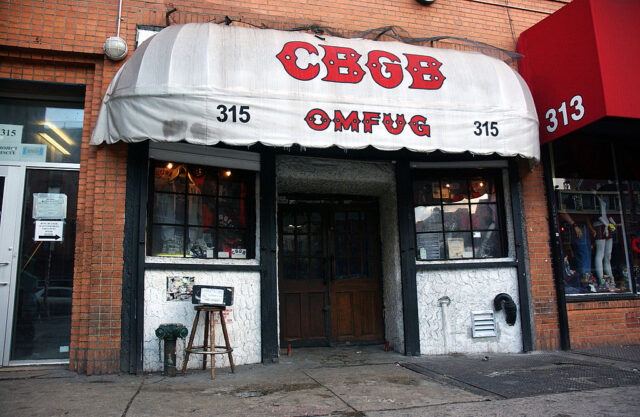
In the final weeks of CBGB’s existence, New York promoter Rocks Off booked “many of the artists who made CB’s famous”, as well as some newer acts. The last show, which was broadcast live on Sirius Satelite Radio on October 15, 2006, was reserved for Patti Smith and guests, including Flea from the Red Hot Chili Peppers and Television’s Richard Lloyd.
In her final encore, Smith paid respect to the musicians who’d died since playing at CBGB and, with that, the club closed for good. For a short while, until October 31, 2006, the venue functioned as the retail store, CBGB Fashions. The next year, in August 2007, Hilly Kristal died from complications of lung cancer. His family and friends hosted a private memorial in the nearby YMCA.
What currently inhabits 315 Bowery?
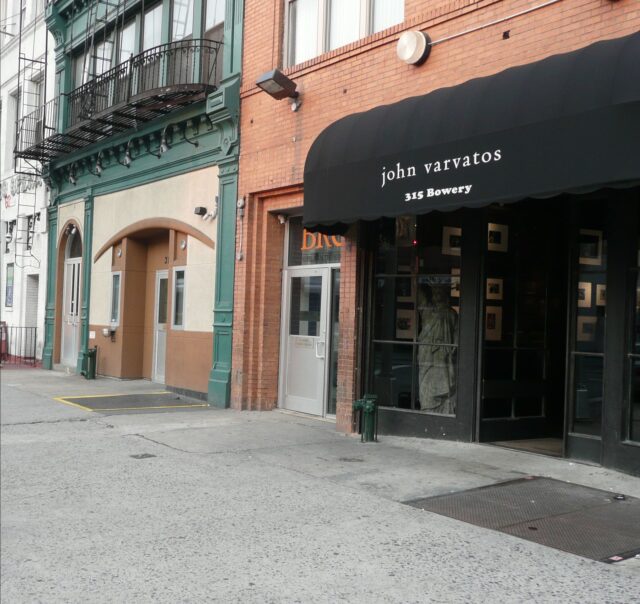
Today, the site at 315 Bowery is occupied by John Varvatos Fashions. However, this legendary address is still a pilgrimage site for legions of music fans.
More from us: In Photos: Remnants of World War I Found Throughout Europe
The name of the music venue and the date it was founded – “CBGB 73” – is etched into the cement at the entrance to the clothing store, and visitors will often take photos. For some, the place represents a trip down memory lane, to remind themselves that this was where they first heard their favorite band(s).
